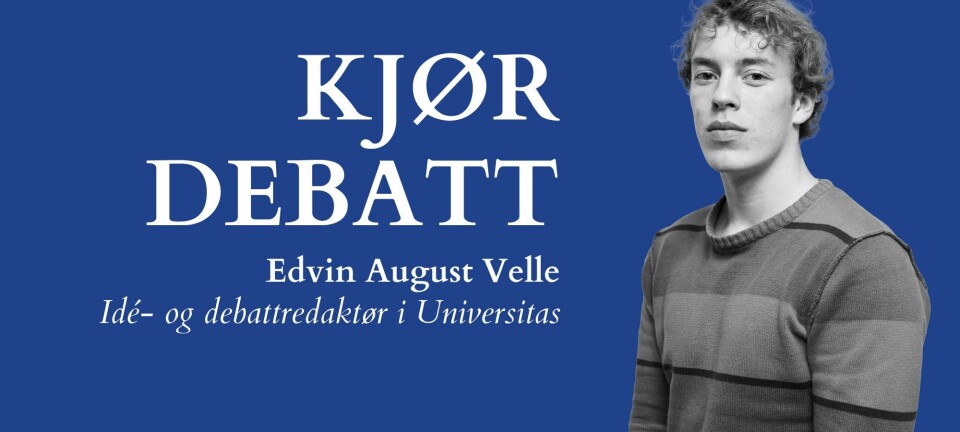
Failure rates drop
Fewer students fail their exams. And the failure rate at UiO is lower compared to other universities in the country.

– The media has speculated over claims that educational institutions pass students in order to avoid losing money. However, there seems to be no veracity to these claims, Elisabeth Hovdhaugen, researcher with NIFU STEP, says.
She is the author of the report «Karaktersetting i etterkant av Kvalitetsreformen – endringer i strykprosent» (a document describing marking guidelines following the Quality Reform). This report was carried out upon request from the Ministry of Education and Research. Hovdhaugen has compared failure rates dating back ten years and the distribution of marks between A and F following implementation of the Quality Reform. She found that fewer students fail nowadays.
– Failure rates drop, both at university colleges and universities, Hovdhaugen says.
Six explanations
However, the Quality Reform has yet to cause any majorchanges.
– The positive trend started during the academic year of 2000/2001 and continued throughout 2001/2002. However, following implementation of the Quality Reform during the autumn 2003, there rates have been leveling out, the researcher says.
In 2000/2001 the overall failure rate at the universities was 14 per cent compared to the current rate of 11 per cent.
The report lists six possible explanations as to the dropping rates, four of which are related to the Reform:
Disregarding the Reform:
– That the positive trend started prior to implementation of the Reform, may indicate that the latter explanation is the most feasible. The winds of change occurred at the same time as Mjøsutvalget (a committee concerned with Higher Education issues) was appointed, which may be perceived as a sign that institutions were beginning to adapt to the new situation with improved academic environment and more feedback to students, Hovdhaugen says.
The report also indicates that the mark E is not used more frequently compared to before, which critics had feared.
– E has been awarded to a stable 10 per cent of the candidates all along, which may indicate that educational institutions do not award E as opposed to F (fail)due to budget considerations.
- That educational institutions pass students in order to avoid losing money (government funds to institutions depend on how many students who pass)
- More feedback throughout the course
- Change in academic structure comprising smaller modules
- Increased student participation due to fears of losing grants
- Increased application procedures
- In keeping with a general trend for higher education
No intention of reaching zero
The report also indicates that students at UiO are the most successful. UiO ranks the highest according to statistics with a percentage between 8 and 9, compared to 13 per cent in 2000/2001. The Norwegian University of Science and Technology (NTNU) is bottom of the class, with rates closing in on 14 per cent. This trend is most applicable to courses within Humanities and Social Sciences, whereas UiO is slightly above average with regards to Science and Mathematics.
Kristian Meisingset, responsible for educational affairs in the Student Parliament, thinks a reduced amount of students and an improved academic environment are the main reasons why failure rates have dropped.
– Open courses are no longer traditional, and positive trends at the Faculty of Humanities (HF) and the Faculty of Social Sciences (SV) can most likely be explained through the combination of reduced number of students and increased number of applicants, Meisingset says. He is happy that UiO enjoys the lowest failure rate in the country.
– However, that rates have been leveling out lately, gives us an incentive to continue the hard work to improve academic quality, he says.
Monica Bakken, studiedirektør at UiO, is pleased with the conclusion of the report.
– We have held all along that we do not let students pass due to budget considerations, and we are happy that the report reaches the same conclusion, she says.
However, she is unable to present any feasible explanation as to why fewer students fail at UiO compared to other institutions.
– We feel that we can defend our practice, academically speaking. But why we fail fewer students is impossible to answer. We will continue improving the academic quality. However, we have no intention of reaching zero per cent, she says.
































